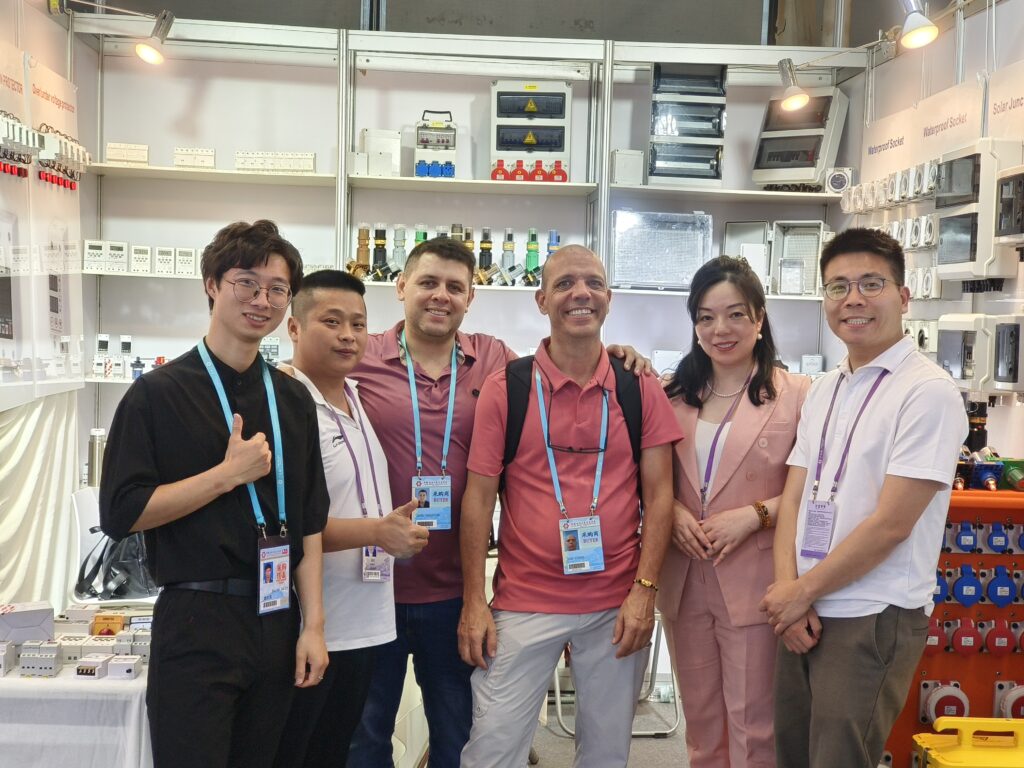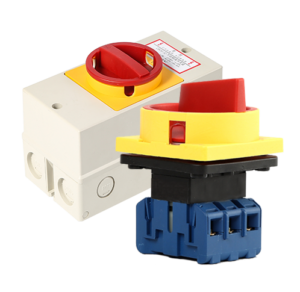 Hi there
Hi thereUnderstanding Rotary Cam Switches
A rotary cam switch is a mechanical device that operates by rotating a shaft. A cam mechanism linked to the shaft controls circuit contacts either simultaneously or separately based on structure. Multiple shaft stops enable diverse contact states.
They are widely used in industrial controls, household devices, and electronics. Their adaptability comes from accommodating load variations. For operator awareness, detents and illumination assist.
- Frequently employed in manufacturing and household gadgets
- Supporting diverse electrical loads creates flexibility
Protective Features of Disconnect Switches
A disconnect switch acts as a critical part of electrical safety. They facilitate safe power isolation for maintenance. This isolation is crucial for safe maintenance and fault management. Prior to work, switch off the disconnect properly. Misuse can cause dangerous electrical incidents.
Observe crucial safety guidelines for switches: Determine the switch assigned to your system. Ensure power is off before switching. Wear insulated gloves and use protective instruments. Reapply power through the disconnect and validate.
- At intervals, scrutinize disconnect for deterioration
- Store in ventilated, moisture-free areas
- Refer to certified electricians for issues
Using Isolators for Safety
Isolators enable safe disconnection of power for equipment. Breakers thwart faults, isolators enable manual segregation. Isolating circuits protects personnel during servicing.
- Help in safe equipment evaluation and checks
- Clear signals indicate isolator position
- They play a key role in mitigating accident risks
Fluid Power Changeover
Changeover mechanisms protect power continuity. These switches expedite source transition smoothly. They ensure operational continuity without break. Time without power is negligible due to improvements. Preferred in infrastructures requiring constant power. They perform reliable automatic source selection
Rotary Cam Switch Technology
Grasping rotary cam switches enhances electrical circuit comprehension. Using a rotatable control, they actuate multiple circuits. Arrangement provides precise control over circuits. Cam configuration guarantees effective switch activity. They are optimal where exact performance is needed
- Furthermore, understanding design eases diagnosing issues
- Knowing the functions of contacts is necessary for configuring
- Knowing ratings ensures safe electrical system use
Disconnection Device Roles
Isolation switches are fundamental for hazard prevention. They allow interruption of electrical current flow. They promote repair safety by isolating loads. Wide ranges of disconnect types exist for different uses
- Industrial applications mostly use basic disconnects
- Load break switches act on live electrical feeds
- Vacuum tech ensures superior electrical isolation
- Air break types isolate electrical circuits
Understanding models helps picking correct switches. Considering factors like voltage, current rating, breaking capacity and environment ensures safety
Determining Optimal Isolation Switch
Selecting isolators calls for careful factor assessment. Assessing amperage and power demands. Voltage rating or potential difference is also crucial. Frequency values affect isolator effectiveness. Mechanical and physical properties determine suitability. Incorporating arc-quenching properties is prudent. Extensive evaluation supports proper isolator picking.
Switch Application in Industrial Environments
They provide essential functionality in production settings. Seamless power transition between circuits is their function. They enhance energy backup systems and load control. Their function avoids downtime and prevents equipment damage. Their robustness supports a broad range of industrial needs
Comparison of Cam Switches, Disconnects, and Isolators
Proper choice requires awareness of device roles. Rotary cam switches offer multiple selectable positions for different circuits. Disconnect devices enable safe power break. Isolators are designed to break current load safely during maintenance. They are structurally reinforced and carry bigger loads
Handling Electrical Switch Failures
Issues may stem from faulty switch connections. Confirm all electrical connections are stable. An unstable light points to switch or lamp troubles. Check for mechanical damage or wear signs on switches. Confirm protective devices remain intact and reset if needed. Contact experts if problems remain after troubleshooting
Architecture and Function of Rotary Cam Switches
Designed to manage power, rotary cam switches employ mechanical parts. Operation is driven by a turning shaft engaging contacts. The shaft’s motion alternates circuit paths by contact activation. Cam geometry controls switch position and circuit paths. Elaborated cam profiles achieve diverse switch positions
They are common components in many operational areas. Installed in industrial equipment and household gadgets.
- Sizing, contact count, material choice and environmental factors define design
